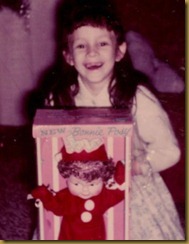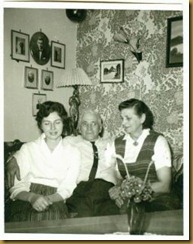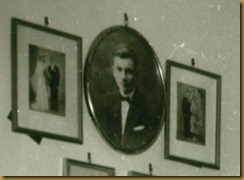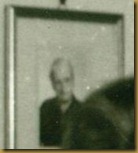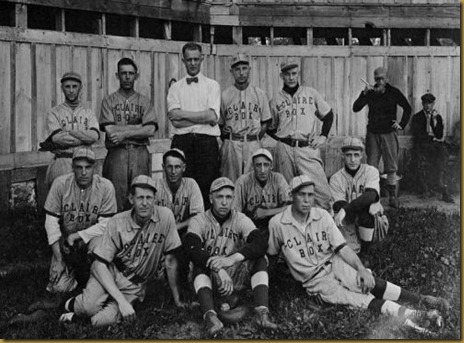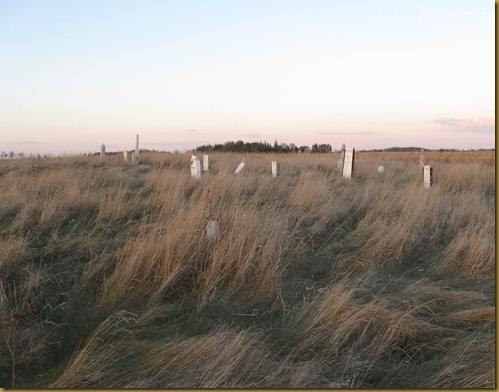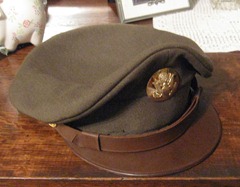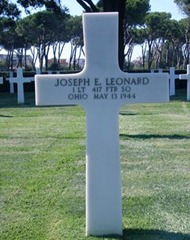The old Armour packing plant had been situated on the top of the hill - or maybe the enormous building just seemed to be on a hill - just outside of town for as long as I could remember. It was always somewhat of a mystery with the fence around it and seemingly limited access. Once, as a young child, my dad took some visiting relatives on a tour through the plant, and we got to get a sneak peek inside of that huge, stinky, and slightly scary old building. All I really remember was hearing my dad's description of how they would "stick" (electrocute) the hogs to send them to the fate for which they were born - our Easter ham, or breakfast bacon. I was totally creeped out.
My family's association with Armour & Company began in the early 1950s, when my widowed grandfather left the farm to work at the plant - it put food on the table for his tribe of kids, but to economize, he lived in a box car near the plant during the week. He eventually remarried and gave up the farm, but Armours was a part of his life for many more years, until his retirement. Several of his sons took jobs at the plant as well.
I doubt the work at the plant was easy. As a matter of fact, I'm sure it was not. I remember many times hearing the sounds of my mother cooking breakfast at 4 a.m., and hearing my dad wolf it down before heading out the door to work. I recall his sore muscles, and his tales of working in the freezer, and other temporary assignments he'd get that he didn't particularly care for. But it was a job, and a darned good one.
The packing plant seemed to be the one bastion of security in the town - the financial benefits it brought to the community ($8 million in the 1970s*) supported numerous other businesses, and could be counted on to pay many a mortgage, not to mention provide some luxuries to the families who depended on it. Rumors of closings came and went, but the plant persevered.
Eventually, though, the inevitable happened. The plant was sold to Swift Independent Packing Company in the 1980s, and then to Dakota Pork, and then - the doors closed. The building was torn down, and an era ended. Time marches on. But the sight of that huge building at the top of the hill remains in my memory.
***********
* According to the book "Huron Revisited."



